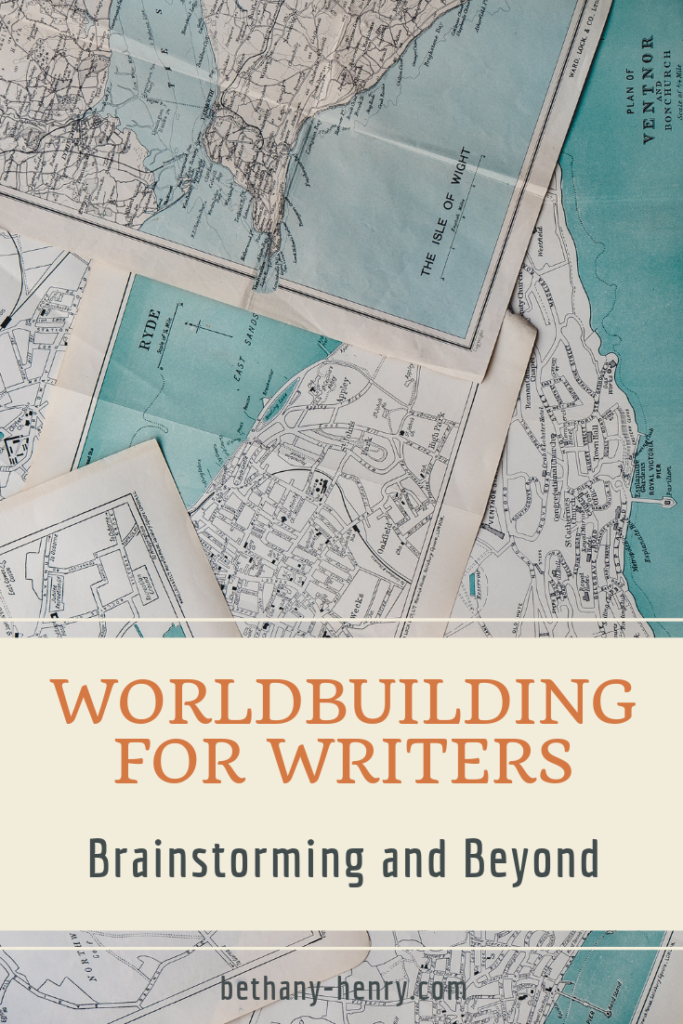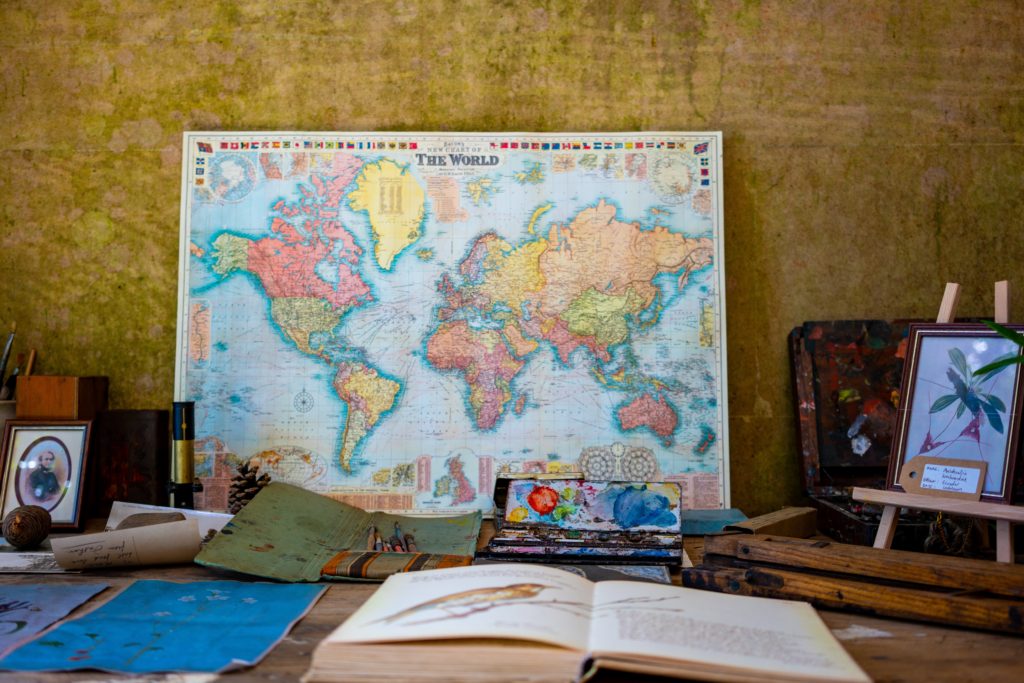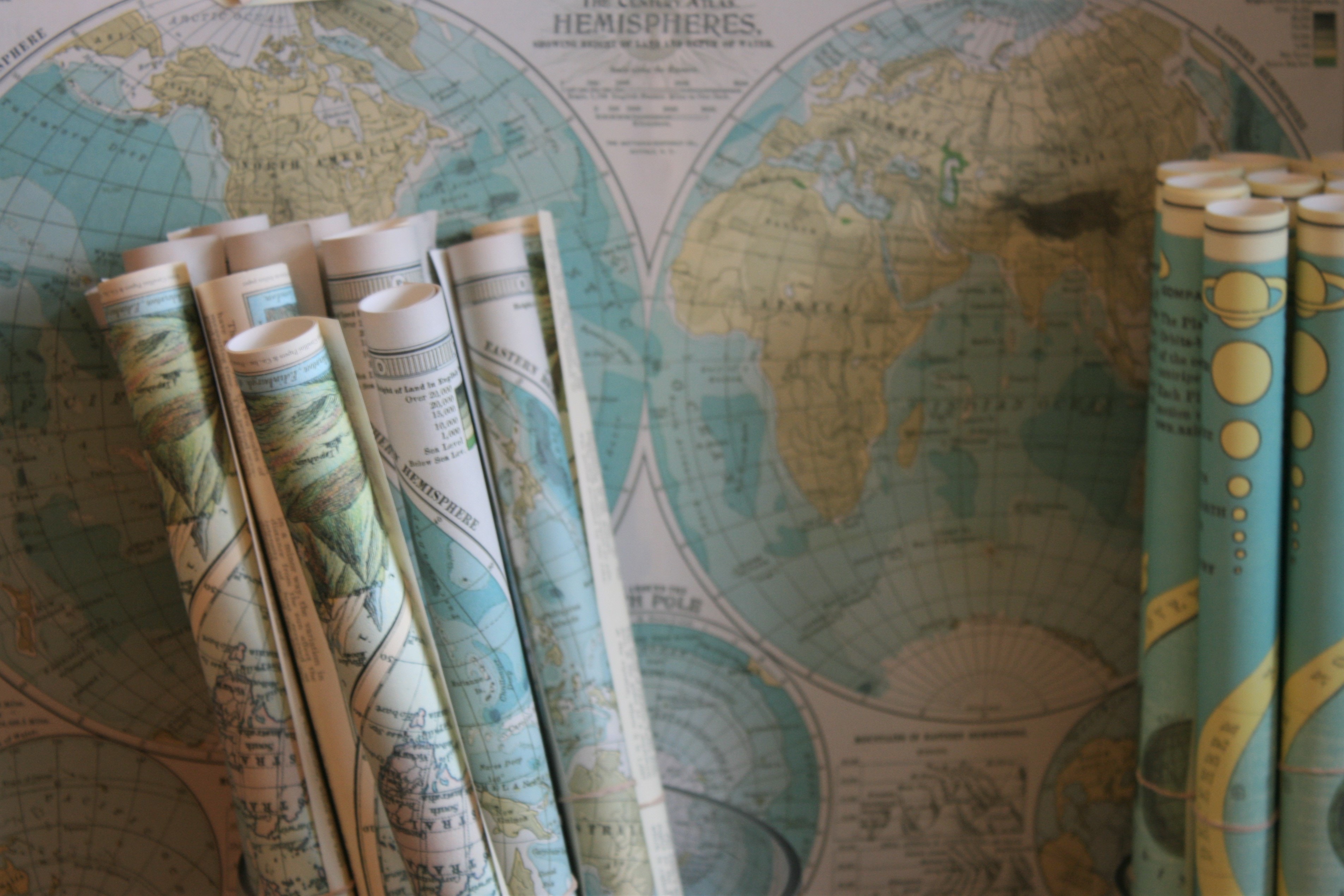Worldbuilding is when we as writers create the world that our story is set in. From the downtown corner of Market Square in summer to the far off reaches of the galaxy (and beyond!) there is no end to the settings we can create.
So where do we even start? How do we know where to set our world or how to make it seem real?
Everyone has a different process that will work better for them, but here are a few tips for getting started on a good track.

Worldbuilding for Writers
Brainstorming
Brainstorming is often where worldbuilding starts. We gather ideas and start piecing them together to make something larger.
But how to we know where to even start brainstorming? What ideas are good ones?
1- Identify our starting point
Do we know we want a story set in a small town? Big city? Fantasy forest?
If we have images, concepts, or ideas that we’re already excited about then that can be a great place to start.
2- Identify story requirements
Depending on where we are in our brainstorming story process, our story may place some requirements on the worldbuilding.
For instance, if our story needs technology such as electricity in order to make sense this means our worldbuilding needs to include electricity.
3- Challenge our first ideas
Most of us gravitate towards story concepts we are familiar with. This leads us to using the same types of setting over and over again.
For instance, a common concept is a fantasy story set in a world based on the European middle ages. Sound familiar?
Now there isn’t anything wrong with telling those stories necessarily. But let’s just take a moment to challenge our ideas.
Could the fantasy story be set in Japan or Indonesia? How about a different time period? How will the setting change the story?
This is just a time for us to step back and try to dream a little different.
4- Where does our plot and worldbuilding meet?
It’s great to have a setting that can compliment (or complicate) our story. If we discover ways our settings ideas add depth to our story premise, hang on to them!

Building
Once we’ve identified a basic setting, time period, or other inspiration for our world, it’s time to go deeper.
1- Solidify what we know
Whether our setting is based on the real world or is pure fantasy, it’s helpful to review and map out what we know. (For example, we can remind ourselves of the info we brainstormed earlier.)
If we have “extra” ideas that don’t quite mesh with the world we’re building, no worries. We don’t need to force everything in there. Those ideas can be set aside to be used in a later project or to spark other ideas.
2- Identify gaps in knowledge
After we write out what we know about our world, hopefully that also gives us a good idea of what we don’t know.
This is the part of the world that we still need to build!
We don’t want to get bogged down by black holes of research (I am far too easily distracted sometimes!) but sometimes even a short google search can help here to show us what we still need to learn about to develop our world.
3- Gather/organize our info
I like to use secret pinterest boards to gather notes and pictures as I build my story so I can have a visual reference of my story including worldbuilding. This helps me keep info in one place so I can go back to it later.
Having a plain text document or folder somewhere can do the job too. Really, use whatever works for you!
We just want to make sure we’re saving our research and information so we don’t have to do the legwork multiple times over if at all possible.
4- Use things you know
Are you passionate about computers? Know five languages? Have experience backpacking through the mountains?
Our knowledge can add details to our worldbuilding that others don’t have.
We don’t have to base our stories on our own experiences, but if we have relevant experiences we should definitely consider adding some of that in!
5- Be willing to go back later
This is one of my current favorite things and it’s based on a concept called “Just In Time Learning.”
Essentially “Just In Time Learning” means we look things up and learn them as we go as we need them. This leads to focused learning on what we actually need and saves time overall as we don’t get overwhelmed with extra information.
This is incredibly relevant to writing and to wordlbuilding in particular.
Instead of waiting until we’ve completed our worldbuilding, we often should start writing before we feel ready. Then when we run into problems and worldbuilding questions, we can just add in a note: **research this!** (Or something along those lines.)
I find this really useful because it A) gets me writing and B) limits my research to what I actually need to know.
Sometimes I don’t even know what I need to know until I’ve written the story.
Reminding myself that I can go back as many times as I need to is really helpful.

And Beyond! Start Writing
It can be really tempting to research forever and create massive worldbuilding maps and documents.
There gets to be a point where this is less about creating and more about procrastination.
Realizing where this point lies comes down to being honest with ourselves and self-aware and it takes practice. But the good news is that we can always continue to create our world as we go!
Feel free to change things up
Maybe you’re halfway through your first draft and you feel like you need to jump forward in time 50 years.
You are the author. You’re allowed to do that.
Sure it may take a bit of running around on our part if we decide to change things. There will be scenes that need to be rewritten. We’ll need to let some things go we probably liked. But nothing needs to be set in stone until the book is published. (And sometimes not even then.)
Have fun with it!
When it comes down to it, worldbuilding for writers is both a science and an art. There are a million ways to do it, just like writing itself.
So have fun!
Find what excites you, challenges you, makes you want to ask questions, and then dig deeper. Add in details that make you smile and find ways to make the world come alive.
We don’t need to be intimidated by worldbuilding, because we’re the writer.
The world is ours. 🙂
Check out these resources on pinterest for further reading on worldbuilding, including some handy checklists and references.
Best of luck creating worlds out there, my writer friends!
And if you have any great worldbuilding tips to share, please comment below!





Great post! Thanks for the tips. I loved the JIT learning application here as I’ve been trying to do that recently. Jessica Brody has a Novel Fast Drafting workshop that applies a similar approach. Besides allowing you to finish your first draft more quickly by not getting bogged down in research in the beginning, think of all that wasted time and effort if you end up deciding that the researched scene/chapter/plotline/backstory needs to be cut? All that work for nothing, other than to save it for a future work.
So glad you found it useful! Best of luck with your writing! 🙂